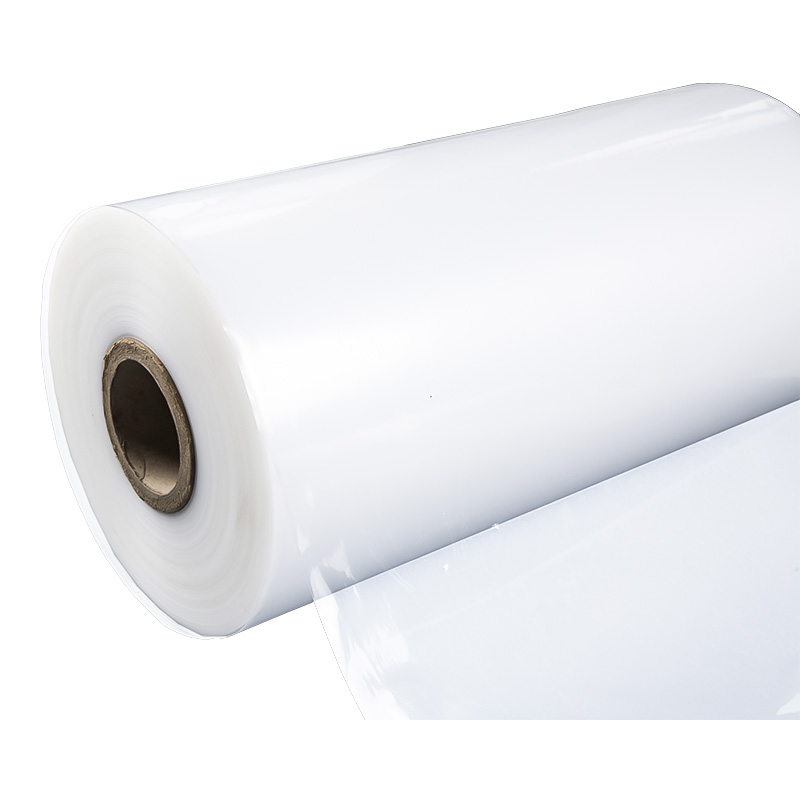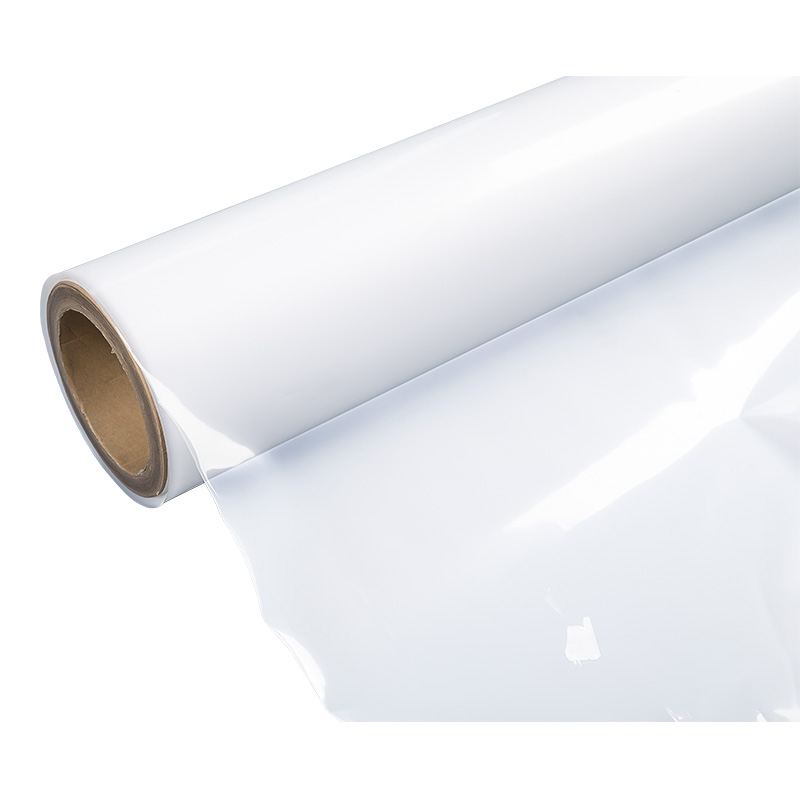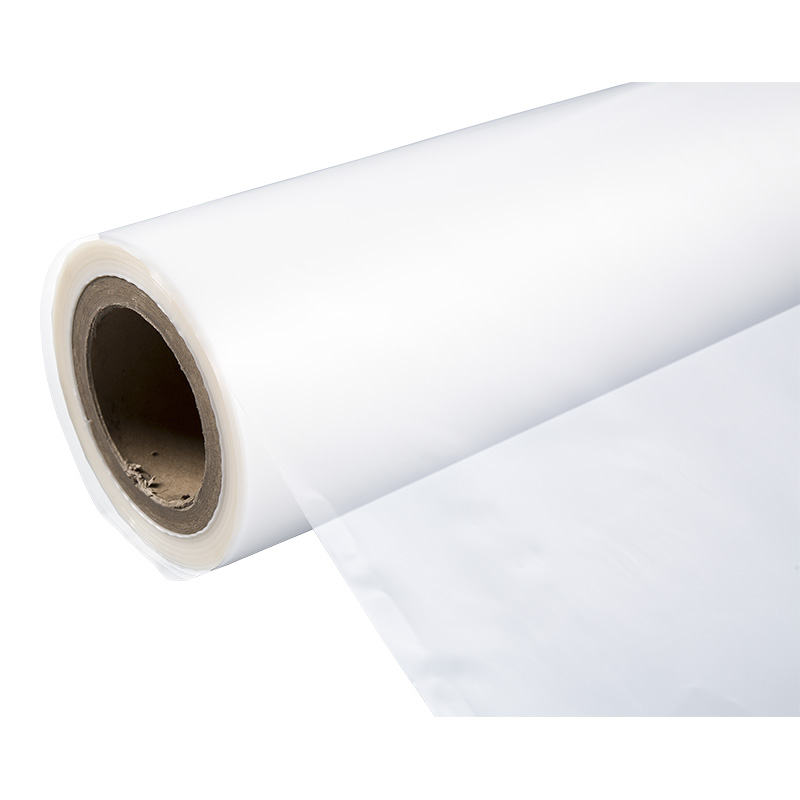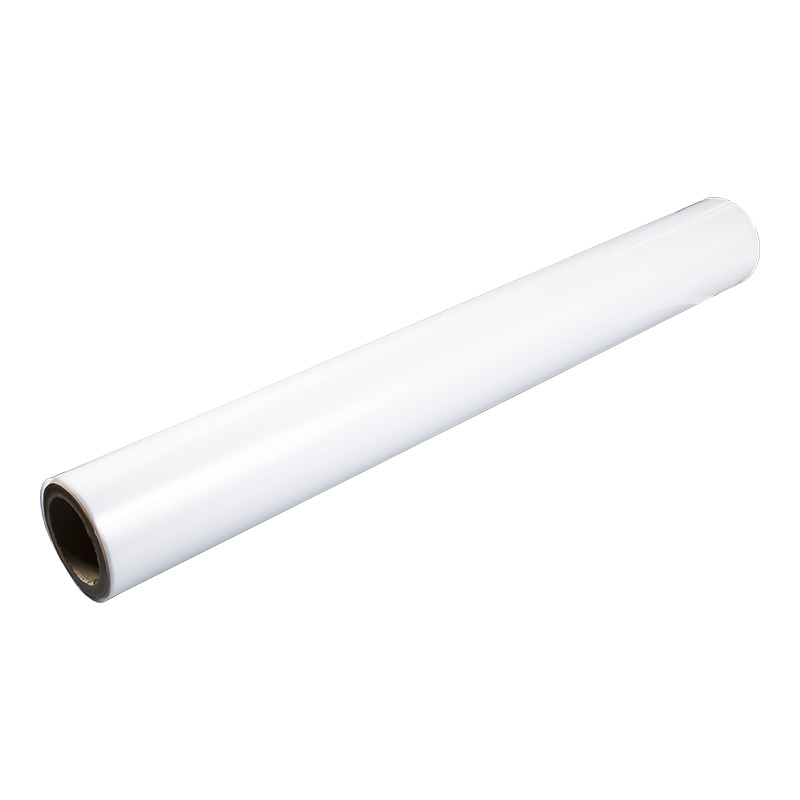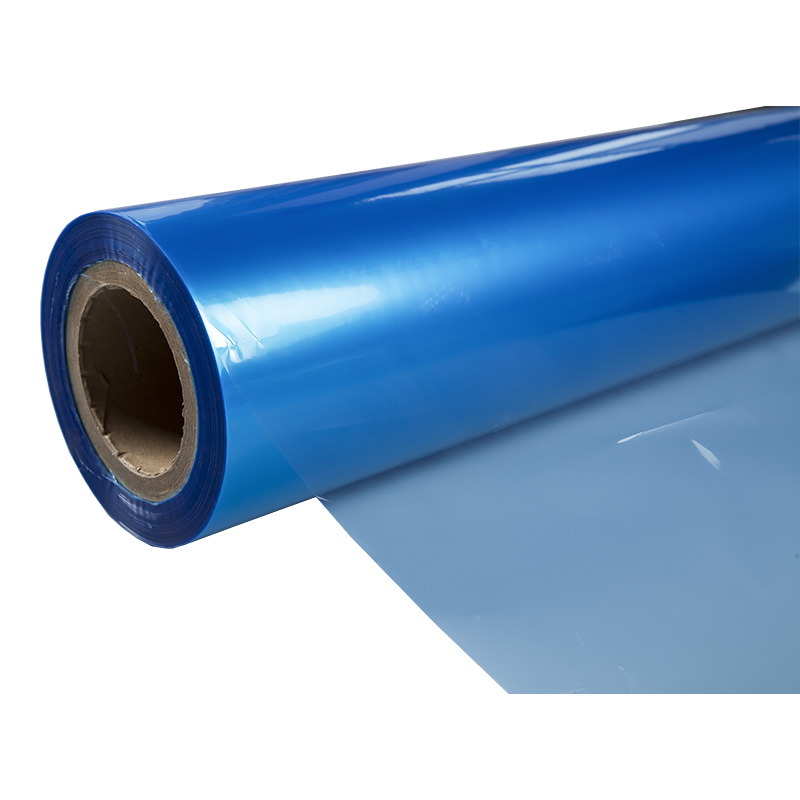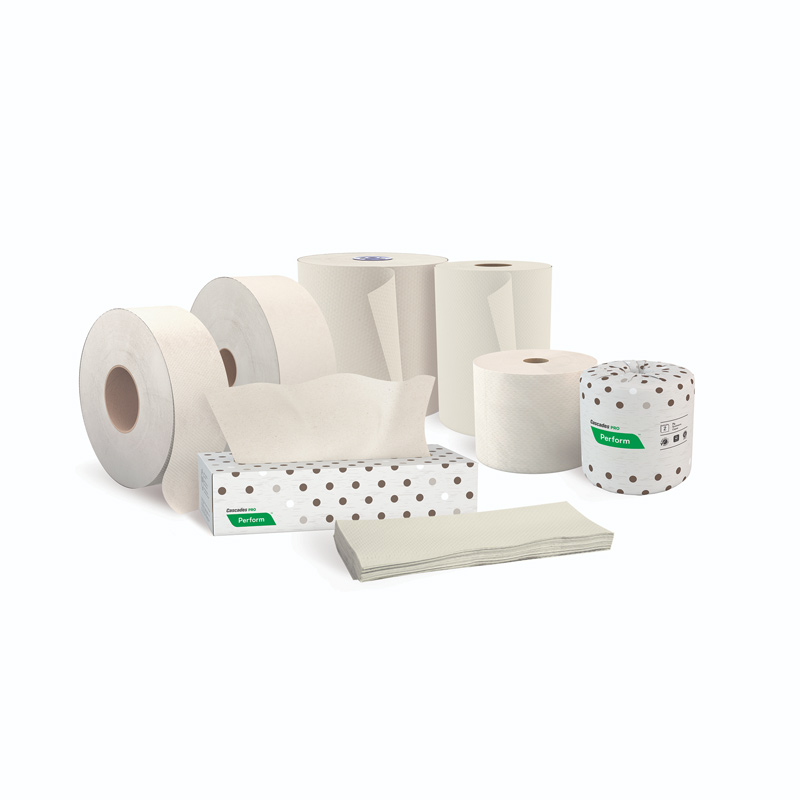1. Current status and challenges of daily necessities packaging
Daily necessities, including personal care products (such as shampoo, shower gel), cosmetics, detergents, household paper products, etc., have a wide variety of packaging and different materials. Traditionally, these products are mostly packaged in plastic, which is widely welcomed for its waterproof and moisture-proof, high transparency, and low cost. The non-degradability of plastic packaging and its long-term pollution to the environment have become increasingly prominent, triggering environmental concerns around the world. The large accumulation of plastic waste not only destroys the natural landscape, but also poses a serious threat to marine life. Plastic particles enter the human body through the food chain and affect human health. Finding more environmentally friendly packaging materials has become a common concern within and outside the industry.
2. Application of paper packaging in daily necessities packaging
1. Personal care and cosmetics packaging
In the field of personal care and cosmetics, Paper Plastic Bag Film has won the favor of consumers with its natural and fresh image. Paper boxes and paper bags are the most common outer packaging forms of cosmetics. They can not only effectively protect the internal products from physical damage, but also display the brand image and product features through exquisite printing design. Paper packaging materials such as kraft paper and art paper add a high-end and natural feel to products due to their unique texture and feel. With the advancement of technology, some paper packaging has also incorporated degradable or recycled materials, further enhancing its environmental attributes.
2. Household cleaning product packaging
Household cleaning products, such as laundry detergent and dishwashing liquid, often require waterproof and moisture-proof packaging to protect their contents. Although traditional plastic bottles meet this demand, paper packaging can also achieve this goal through technological innovation. The use of wax paper, aluminum foil or laminating technology can enhance the waterproof performance of paper and maintain its recyclability. Simple and practical paper packaging boxes can not only effectively reduce damage during transportation, but also enhance the overall aesthetics of the product.
3. Household paper packaging
For household paper products such as paper towels and toilet paper, paper packaging is even more advantageous. These products themselves use paper as raw materials. Using paper as outer packaging not only conforms to product attributes, but also reduces the incompatibility between different materials and facilitates recycling. In terms of design, paper packaging can flexibly use colors, patterns and shapes to create a warm and friendly visual experience and enhance consumers' desire to buy.
III. Advantages of paper packaging
1. Environmental protection
Paper comes from renewable resources-trees. Compared with petroleum-based plastics, it has lower carbon emissions in its life cycle and is easy to decompose in the natural environment, reducing environmental pollution. With the development of recycled paper technology, packaging made of recycled paper has greatly reduced raw material consumption and waste generation.
2. Customizability
Paper packaging has a very high degree of design freedom. It can achieve personalized appearance design through various processes such as printing, hot stamping, embossing, etc., to meet the unique needs of different brands and product lines. This flexibility helps to enhance the brand image and enhance the market competitiveness of products.
3. High consumer acceptance
As consumers' environmental awareness increases, more and more people tend to choose products with environmentally friendly packaging. As an intuitive and easily recognizable environmentally friendly option, paper packaging can effectively attract the attention of these consumers and promote sales.
4. Policy support
Many countries and regions around the world have issued relevant policies to encourage the use of environmentally friendly packaging materials and restrict or prohibit the use of disposable plastic products. As an environmentally friendly alternative, paper packaging complies with policy guidelines, helps companies avoid potential legal risks and win a good social image.
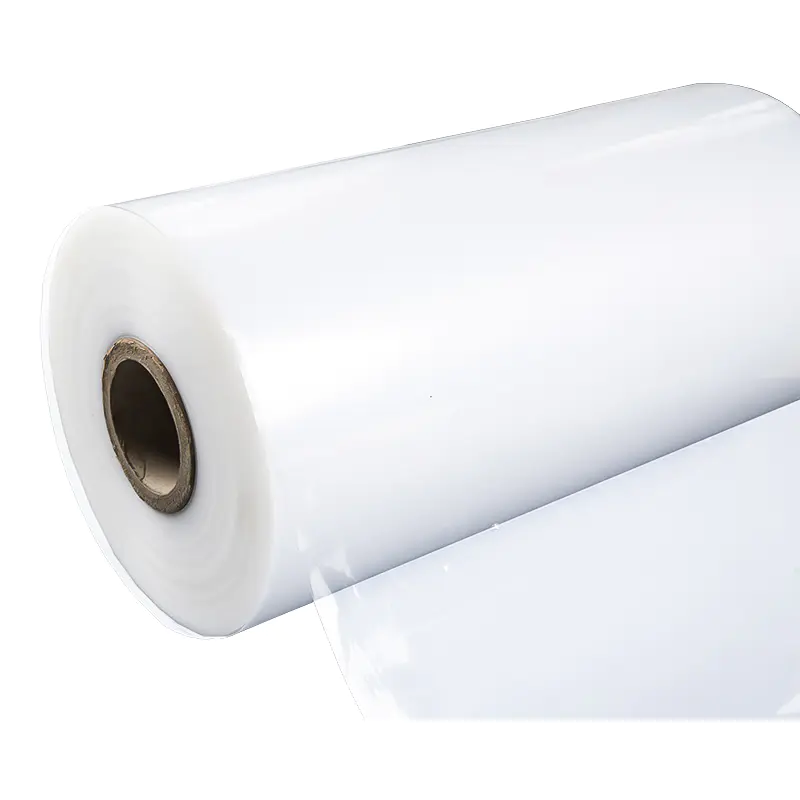
 +86 139-6715-0258
+86 139-6715-0258 
 Monday to Friday 8 am. to 6 pm.
Monday to Friday 8 am. to 6 pm. 
 English
English 中文简体
中文简体